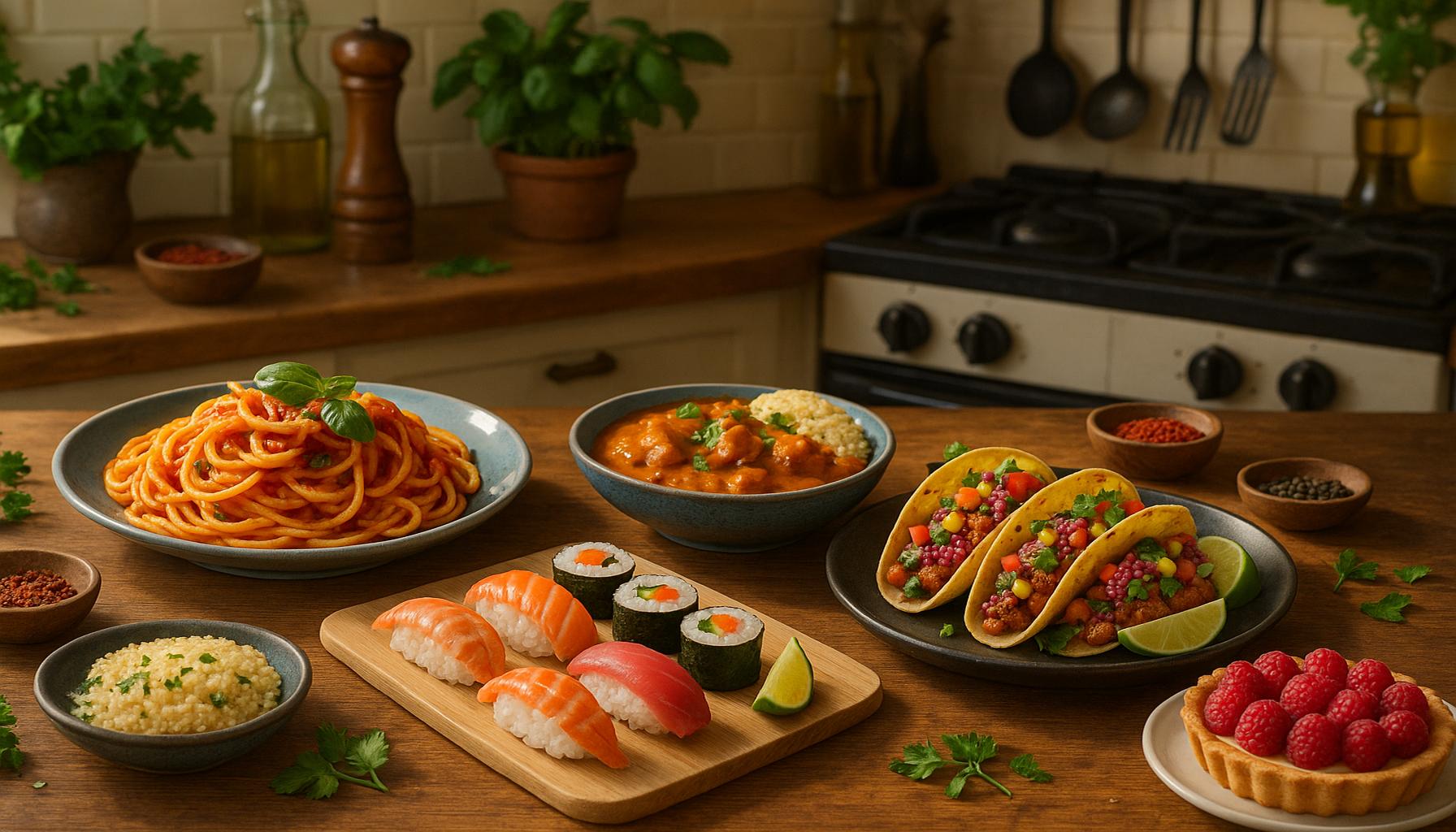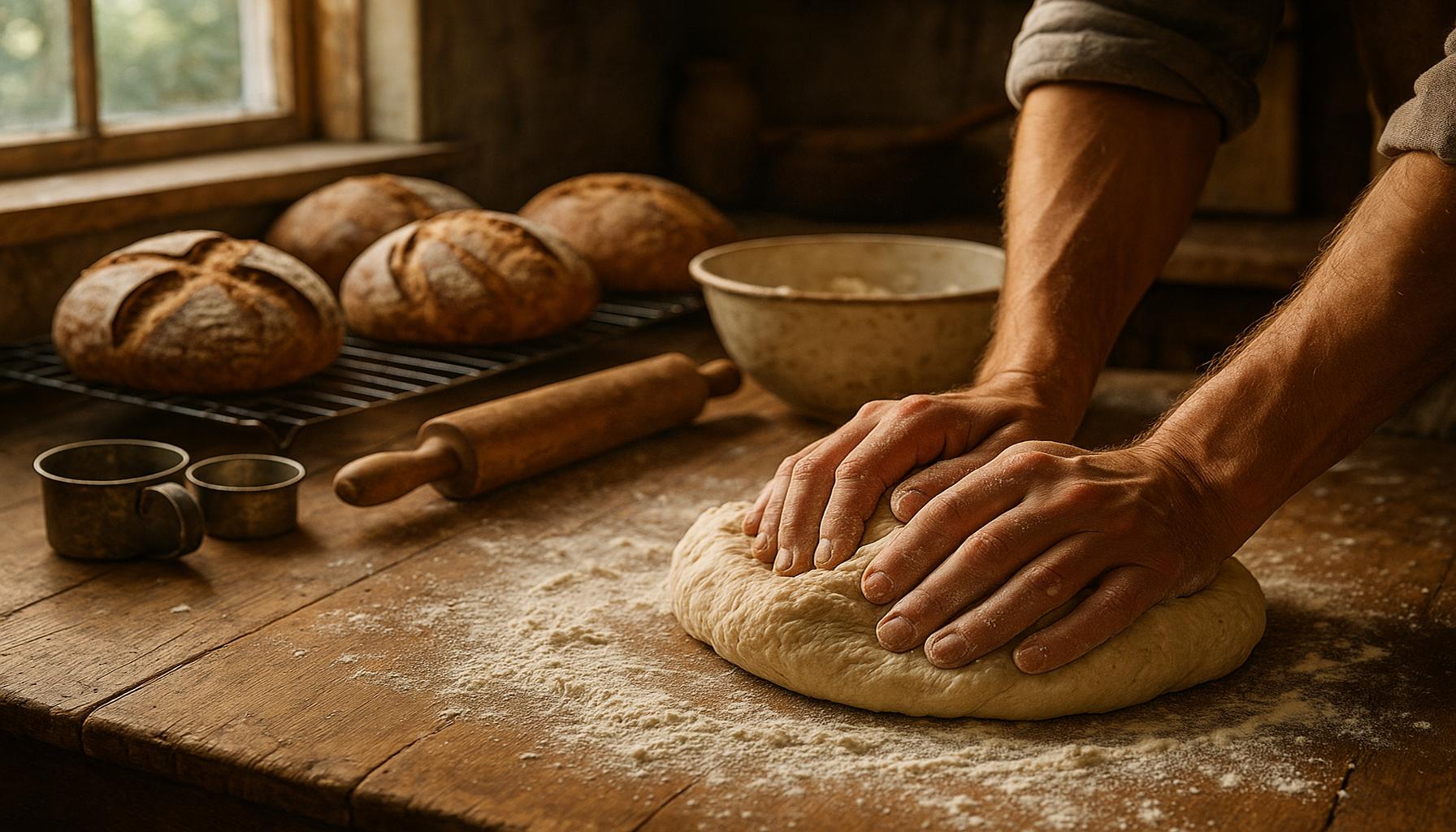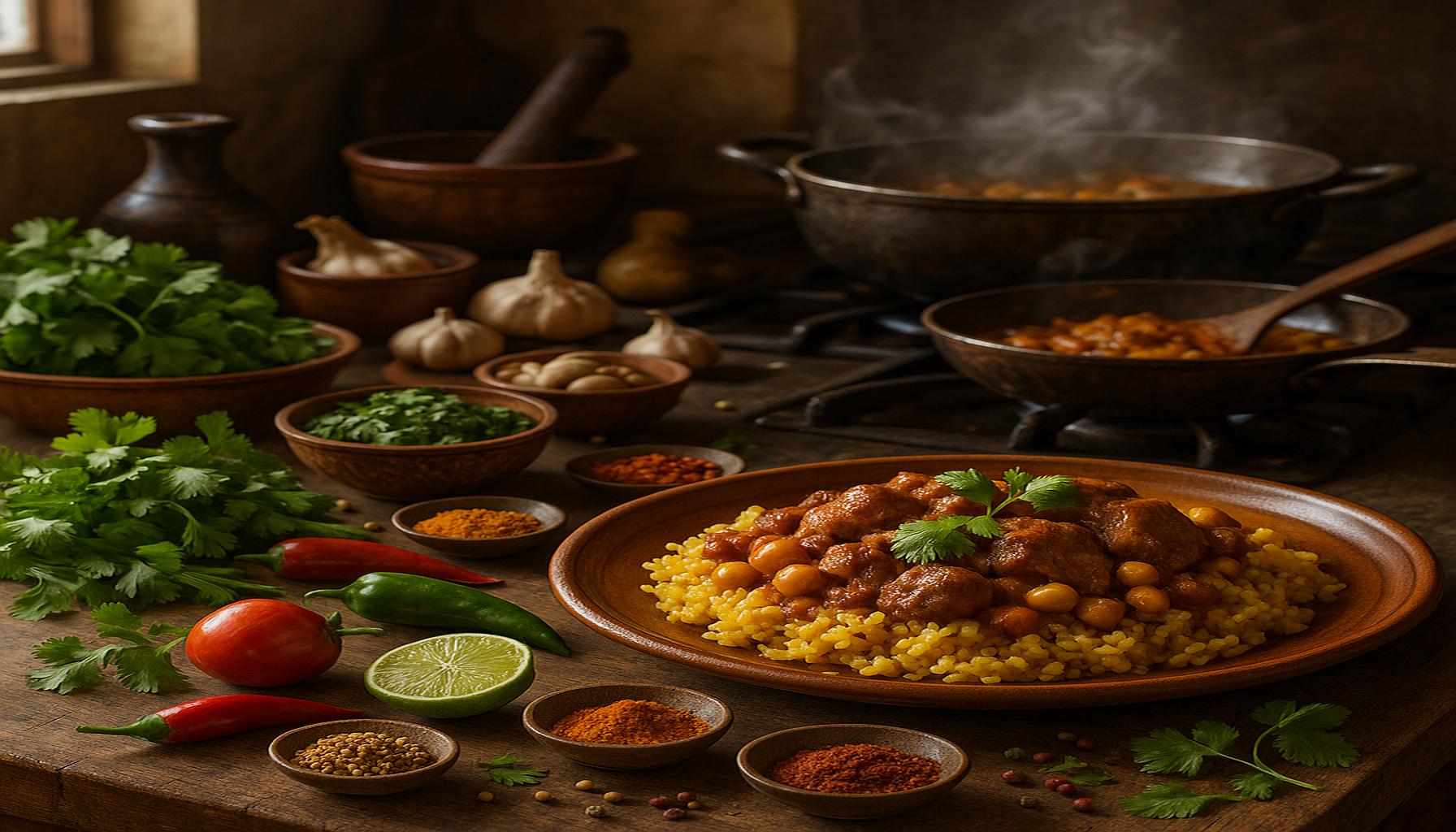Creative Culinary for Events: How to Prepare Themed and Innovative Menus for Parties
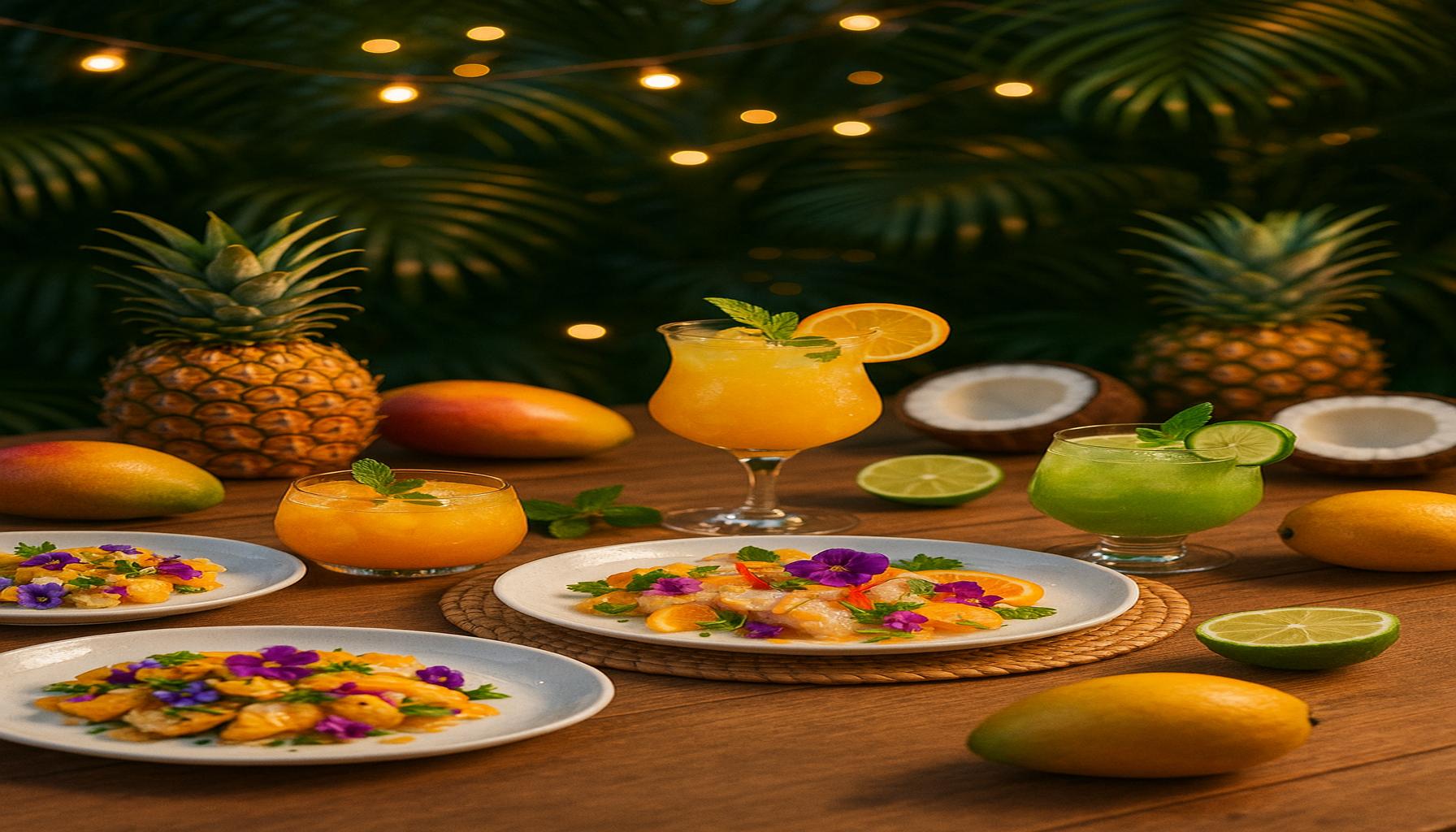
Elevate Your Events with Innovative Menus
When planning a party, the menu can set the tone for the entire event. A well-crafted themed menu not only excites the palate but also enhances the overall experience for guests. This guide delves into the world of creative culinary delights, packed with ideas to inspire your next gathering.
Why Themed Menus Matter
Themed menus bring a unique touch to ordinary events, transforming them into extraordinary experiences. Here are a few compelling reasons why they stand out:
- Enhanced Guest Experience: A cohesive theme engages guests from start to finish, creating a buzz and anticipatory excitement. For example, if you’re hosting a Mediterranean night, the combination of vibrant décor, music, and dishes like falafel, hummus, and baklava crafts a beautifully immersive atmosphere.
- Memorable Impressions: Unique dishes can leave a lasting impression that guests will talk about long after the party. Consider offering an intriguing twist on classic comfort foods, like gourmet mac-and-cheese infused with truffle oil or a signature cocktail that reflects the theme, ensuring that attendees will reminisce about their delightful experience.
- Creative Expression: Showcasing your personal style through culinary art makes your event truly special. Whether you prefer rustic comfort foods or sophisticated fine dining, a well-thought-out menu allows you to express your individuality and tastes, making your gathering more intimate and personalized.
Examples of Themed Menus
Getting creative with menus opens up endless possibilities. Consider these popular themes that can spark joy and curiosity among your guests:
- Global Cuisine Night: Serve dishes from various countries, allowing guests to travel the world through food. For instance, feature an array of flavors from tacos, sushi, and curry to desserts like French macarons. This not only introduces guests to diverse cultures but fosters conversation and exploration.
- Seasonal Harvest: Highlight local produce with a fresh, farm-to-table approach. In the United States, a summer barbecue could include grilled corn on the cob, heirloom tomato salads, and peach cobbler, celebrating the bounty of the season while supporting local farmers.
- Decade Parties: Create nostalgic dishes based on a specific era, bringing back flavors that resonate with your guests. A 1980s revival event could feature classic appetizers like shrimp cocktail, mini quiches, and colorful Jell-O salads, instantly invoking a sense of nostalgia and fun.
With thoughtfulness and creativity, your culinary choices can transform any event into an unforgettable experience. Experimenting with flavors, presentation styles, and guest engagement can make your celebration stand out. For example, think beyond traditional serving platters; opt for food stations where guests can customize their own dishes, adding an interactive element to the dining experience.
As you craft the perfect themed menu for your next celebration, consider innovative ideas like incorporating dietary restrictions, creating pairing menus with beverages, or even incorporating a live cooking demonstration for entertainment. With a bit of creativity and a focus on guest satisfaction, you can elevate any gathering into an event that is not only delicious but also delightful and memorable.
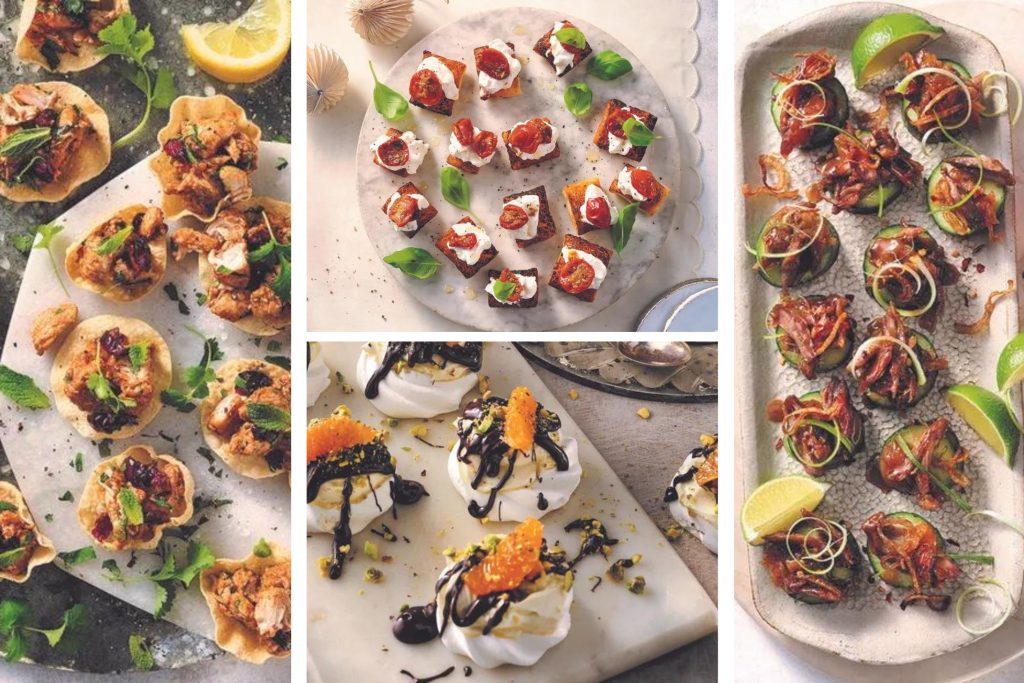
DISCOVER MORE: Click here to delve deeper
Crafting Memorable Menus That Impress
When it comes to event planning, the importance of a well-considered menu cannot be overstated. A themed culinary experience is not only a feast for the senses but also a fantastic opportunity to tell a story. By thoughtfully curating your menu, you can create unique moments that linger in the minds of your guests long after the last bite. Here’s how to start, with practical tips and creative ideas to pave the way for unforgettable events.
Key Elements of Themed Menu Development
To ensure your themed menu resonates with guest expectations and enhances the event’s ambiance, consider these essential elements:
- Consistent Theme Integration: Your culinary offerings should reflect the overall theme of the event. From dishes to décor, every aspect should harmonize to enhance the experience. For instance, if you’re organizing an Italian-themed evening, think about serving classic antipasti, homemade pasta, and a selection of regional wines that evoke the heart of Italy.
- Seasonality and Freshness: Leverage seasonal ingredients for an authentic flavor profile. With farmers’ markets brimming with vibrant produce, select items that are in season, enhancing both taste and presentation. In the fall, consider hosting a harvest-themed dinner with dishes featuring pumpkin, squash, and apples—each ingredient contributes to a rich tapestry of flavors that celebrate the bounties of the season.
- Balance and Variety: A well-rounded menu caters to diverse palates. Incorporate options for various dietary restrictions by including vegetarian, gluten-free, or even vegan options. Strive for a rich balance of flavors and textures—think creamy mashed potatoes alongside crisp roasted veggies and succulent grilled meats. An inclusive menu not only accommodates all guests but elevates the overall dining experience, making everyone feel welcome.
- Engaging Presentation: Food presentation can transform a simple dish into a culinary masterpiece. Trends such as grazing tables or bite-sized hors d’oeuvres can make dishes more appealing. Pairing the visual with the gastronomic yields an astounding impact, leaving guests eager to try each offering while capturing Instagram-worthy shots.
Innovative Cooking Techniques
Pushing the boundaries of traditional cooking can add an exhilarating twist to your menu. Experiment with innovative techniques such as:
- Molecular Gastronomy: Captivate your guests with playful elements like edible bubbles or foams that surprise and delight.
- Live Cooking Stations: Set up interactive stations where chefs prepare dishes right in front of your guests. This not only adds an element of excitement but also promotes personalization—guests can choose their toppings or spice levels, creating a tailored dining experience.
- Fusion Cuisine: Combine flavors from different culinary traditions, such as Korean BBQ tacos or sushi burritos. The results can yield delicious surprises that intrigue guests and spark conversations.
The combination of thoughtful menu design, seasonal ingredients, and innovative preparation methods can set your event apart. As you embark on the journey of crafting your themed menu, remember that the ultimate goal is to create not just a meal, but a memorable experience that aligns seamlessly with the occasion. By carefully balancing creativity and guest satisfaction, your culinary offerings will linger in their memories for years to come.
| Category | Key Features |
|---|---|
| Themed Menus | Utilizes a specific concept or culture to create a unique dining experience. |
| Innovative Presentation | Engages guests visually, making dishes not just meals, but artful creations. |
| Seasonal Ingredients | Incorporates local and fresh produce, enhancing flavor while supporting sustainability. |
| Interactive Experiences | Includes live cooking stations or DIY food bars, fostering engagement among guests. |
Event planners and hosts alike are increasingly drawn to the benefits of creative culinary concepts, especially for themed events. These menus serve not only as a meal but as a storytelling mechanism, often incorporating local flavors with a twist. For instance, a Mediterranean themed party could feature dishes with fresh herbs and spices, highlighting the essence of the region while keeping the offerings innovative.Focusing on presentation is paramount, as beautifully arranged dishes contribute to the overall ambiance of the event. Whether it’s in the shape of a flower or served in a miniature garden setup, the goal remains to inspire awe.Moreover, adapting menus according to the season can elevate the meal’s taste while encouraging sustainability—a key principle to modern culinary arts. This approach reflects a deep understanding of food and its environment, appealing particularly to eco-conscious guests.Incorporating interactive elements, such as live cooking demonstrations or creating personalize-your-own-dish stations, can significantly enhance guest interaction. This allows them to connect more deeply with their meal, turning culinary moments into memorable experiences. Individuals not only enjoy the food but become a part of the creation process, ensuring a lasting impact that is often shared in their own circles long after the event concludes.
DIVE DEEPER: Click here to discover traditional recipes
Elevating the Guest Experience Through Culinary Interaction
Beyond just what is served, the way food is presented and engaged with can significantly enhance the overall guest experience. Culinary interactions can transform a simple meal into an engaging and memorable journey that speaks to all senses. Exploring various interactive culinary concepts can help create not just a meal, but a captivating event.
Immersive Dining Experiences
Transforming the traditional sit-down meal into an immersive dining experience can captivate your guests. Here are some ideas to consider:
- Theme-Based Decor: Align your table settings, serving wear, and even the venue decor with your culinary theme. For a tropical luau, consider bamboo plates, tiki torches, and palm leaves. The synergy between decor and food establishes a delightful harmony that enhances the thematic experience.
- Storytelling through Cuisine: Use each course to narrate a story. This could involve representing different regions or cultures through individual dishes that serve as chapters in your narrative. Guests might start with an appetizer inspired by Moroccan flavors and finish with a dessert that pays homage to traditional French pastry, allowing for an exploration of diverse culinary landscapes.
- Food Pairing Experiences: Organizing tasting stations that allow guests to explore food and drink pairings can be both educational and enjoyable. For example, a wine-pairing dinner where each course is thoughtfully matched with wine choices can encourage discussion and foster a communal dining atmosphere.
Incorporating Technology into Culinary Experiences
As technology continues to advance, integrating it into your culinary offerings can elevate the experience to a whole new level.
- Augmented Reality Menus: Using AR technology, guests can scan menus with their smartphones to view 3D representations of dishes before ordering. This not only creates buzz but lets guests visualize their experience as they are drawn in by the sight of their anticipated meal.
- Interactive QR Codes: Employ QR codes on tables that link to detailed information about ingredients, cooking techniques, and the suppliers behind the food. This transparency appeals to the modern consumer’s curiosity and commitment to sustainability.
- Virtual Cooking Classes: If your event includes a culinary demonstration, consider offering an interactive virtual component where guests can join remotely. This could work particularly well for destination-themed events, allowing guests who cannot attend in person to participate in the culinary adventure.
Seasonal and Local Collaborations
Partnering with local farmers and producers to source ingredients not only supports the local economy but also inspires creativity and freshness in your menu. Here are some collaborative ideas:
- Farm-to-Table Partnerships: Establish relationships with local farms to feature their products prominently in your menu. Seasonal menus can be updated depending on what’s available, thereby keeping the food fresh and relevant.
- Friendly Competitions: Organize cook-offs between local chefs, where they use specified seasonal ingredients to concoct innovative dishes that are then featured at your event. This not only provides variety but also engages the culinary community in a fun way.
- Translating Culture through Cuisine: Working with local chefs can help you showcase regional cuisines more authentically. Whether it’s a Southern barbecue event or a Mexican fiesta, local chefs provide invaluable knowledge through traditional recipes and presentation styles.
By prioritizing interactive elements, leveraging technology, and collaborating with local produce suppliers, planners can elevate their culinary offerings in a way that enhances guest interaction. The aim should always be to create a distinct and memorable dining journey, making every event not just attended, but truly experienced.
DISCOVER MORE: Click here to find out how music therapy can enhance your well
Conclusion: A Culinary Journey Awaits
In the world of event planning, the culinary experience holds the power to transform an ordinary gathering into an extraordinary celebration. The integration of themed menus and innovative culinary concepts not only tantalizes taste buds but also engages guests in a multi-sensory journey. As outlined in this article, embracing immersive dining experiences, utilizing technology, and collaborating with local producers can create unique atmospheres that leave lasting impressions.
When planning your next event, consider how each dish can tell a story, inviting guests to explore various cultures and flavors through carefully curated menus. From arranging interactive food pairing stations to employing augmented reality menus, the applications of creativity in culinary arts are virtually limitless. Additionally, aligning your offerings with the seasons and local harvests not only supports your community but elevates the freshness and appeal of your cuisine.
It is essential to remember that today’s diners seek more than just good food—they crave experiences that engage their senses, spark conversation, and foster connections. By implementing these creative culinary strategies, event planners can elevate their events, ensuring that every gathering is not just attended, but genuinely experienced. As you venture into the realm of themed events, let your imagination run wild; after all, in the end, it’s not just about the menu—it’s about creating a memorable culinary narrative that will be talked about long after the last dish has been served.
